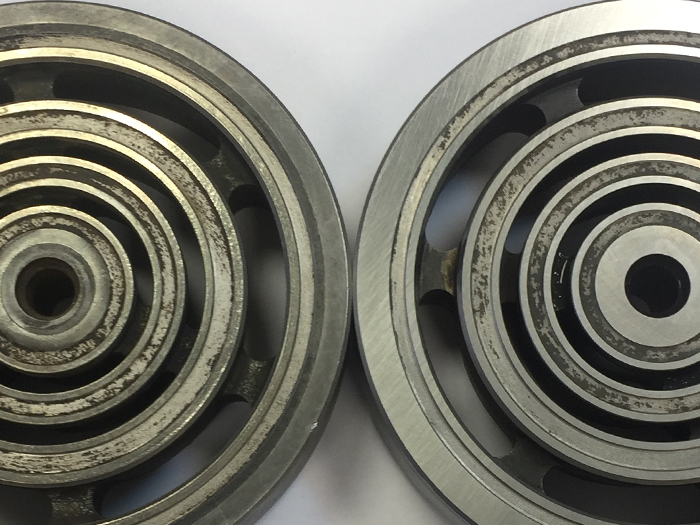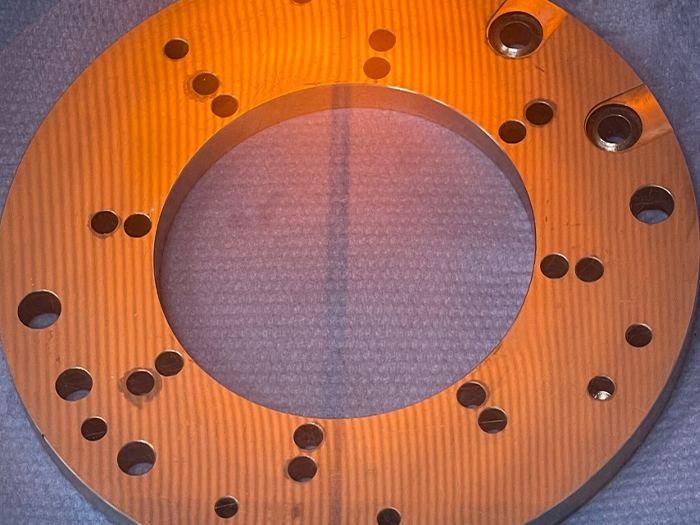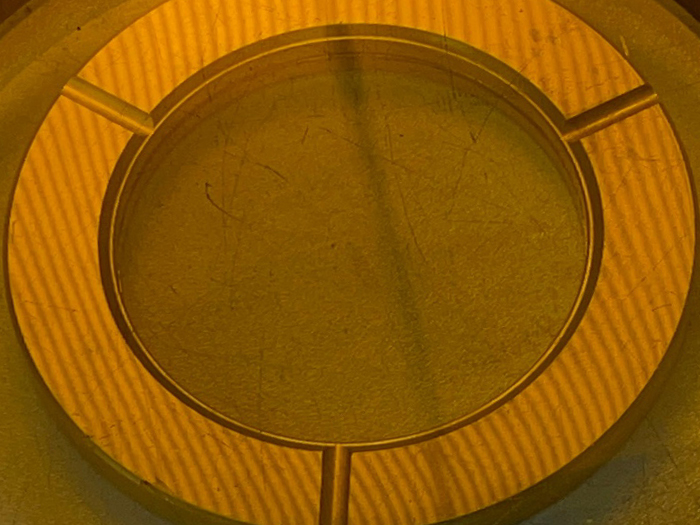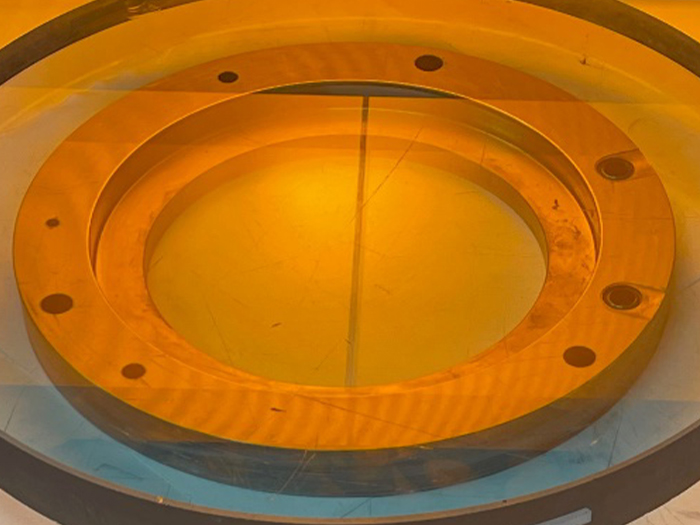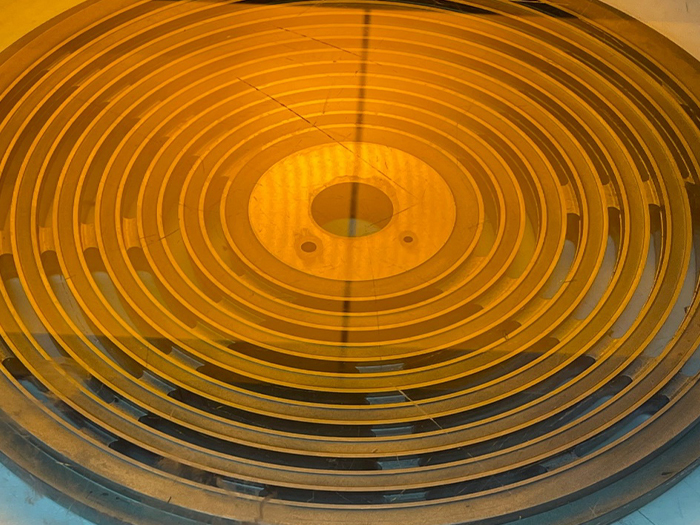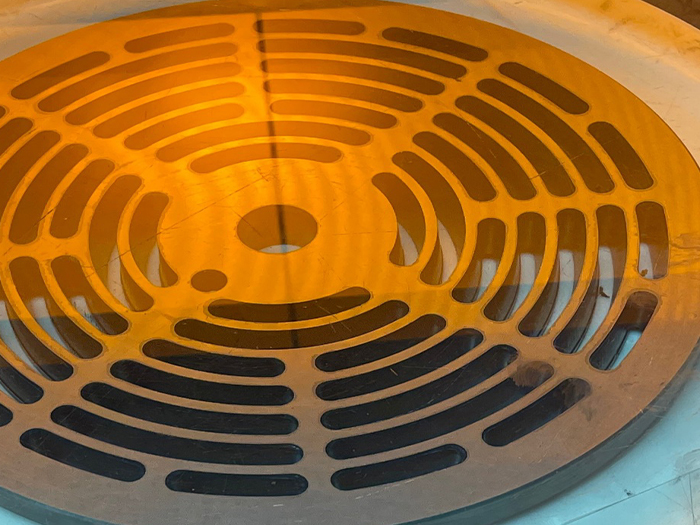Compressor Plate Repair, Maintenance or Reconditioning
Lapping compressor plates with Kemet lapping plates and diamond finishes is a meticulous process that yields superior flatness and surface quality. By following a controlled procedure and utilising the appropriate equipment and materials, it is possible to achieve consistent and high-quality results. The benefits of this process include enhanced performance, increased durability, and cost savings, making it an invaluable technique in the maintenance and manufacturing of compressor plates.
Lapping compressor plates using the Kemet lapping plates and diamond finishes provides numerous advantages:
- Lapping ensures that the compressor plates achieve a high degree of flatness, which is crucial for the efficient operation of compressors. This results in better sealing and reduced leakage.
- The use of different grades of diamond slurries allows for a range of surface finishes, from coarse to ultra-fine, improving the overall surface quality of the plates.
- The controlled process ensures that each plate is uniformly lapped, resulting in consistent quality across all plates.
- By achieving a smoother surface, lapping reduces the friction between moving parts, thereby extending the life of the compressor plates and the compressor itself.
- Improved efficiency and longevity of the compressor plates lead to lower maintenance costs and reduced downtime, providing economic benefits over time.
Process Breakdown
To achieve optimal results in lapping compressor plates, the following equipment and materials were employed:
- Kemet 36” Lapping/Polishing Machine: A robust and precise machine designed for high-performance lapping and polishing.
- Kemet Copper SP2 Lapping Plate: A specialised plate used for fine lapping applications.
- Kemet Iron Lapping Plate: A durable and versatile plate suitable for various lapping tasks.
- Kemet Flatness Gauge: An essential tool for measuring the flatness of the lapped surfaces.
- Diamond Slurries: Different grades of diamond slurries were used to achieve the desired finish: 3, 6, 14 and 25 micron type K std
- Dycem Faced Hand Weight: A tool used to apply consistent pressure during the lapping process.
- CO42 Cleaning Fluid: A cleaning agent used to remove residues after lapping.
The process of lapping compressor plates involves several carefully controlled steps to ensure precision and consistency. Each compressor plate was placed inside a control ring on a flat Kemet composite plate. The lapping machine was cycled for a duration of 5-15 minutes, depending on the size of the compressor plate. Diamond slurry was applied using a diamond dispenser at a ratio of 2 seconds of spray every 45 seconds until the surface was cleaned up. The compressor plate was then flipped over, and the process was repeated to ensure both sides were evenly lapped (when applicable). The parts were cleaned with CO42 cleaning fluid and inspected for flatness using the Kemet Flatness Gauge.
Flatness Reading after processing and before & after photos below
